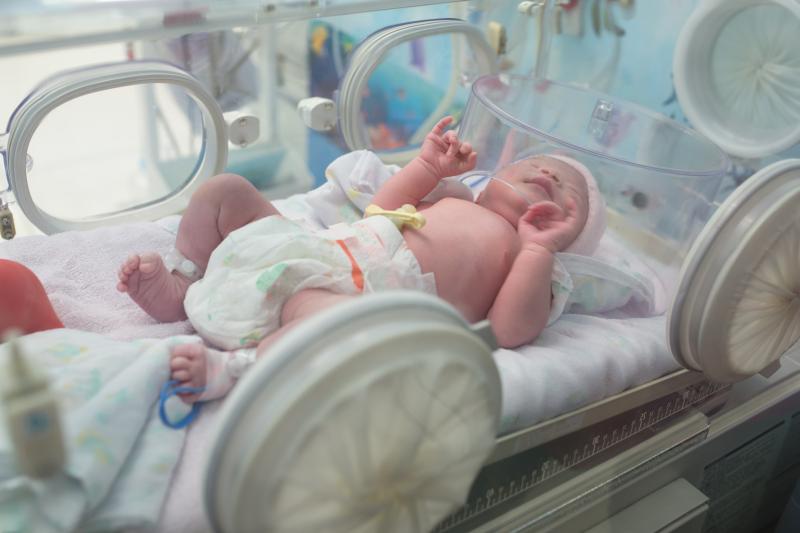
Exposure to high-dose gentamicin in the neonatal period bears no risk of hearing loss in the conventional midfrequencies and extended high-frequencies (EHFs), a study has found.
The study included 219 children exposed to a high-dose (6 mg/kg) gentamicin regimen as neonates and 33 healthy age-matched controls. All children underwent hearing assessment with pure tone audiometry including the EHF range.
In the gentamicin group, 39 children (17 percent) had a birthweight <1,500 g. With respect to drug exposure, median cumulative doses were 30 mg/kg while trough plasma concentrations were 1.0 mg/L.
Audiological analysis revealed that the entire cohort had normal hearing thresholds for the midfrequencies (median, 2.5 dB hearing level) and EHFs (median, −1.7 dB hearing level).
In adjusted linear regression models, level of gentamicin exposure was not a risk factor for hearing loss. Instead, increasing hearing thresholds were related to lower birth weight and postnatal middle-ear disease. The result was consistent when analysis was controlled for birth weight. Hearing threshold was not different between the gentamicin-exposed cohort and healthy controls.
While the mechanisms behind gentamicin-induced ototoxicity are unclear, evidence suggests that aminoglycoside is more ototoxic in older children than in neonates. Then again, “the newborn inner ear is less vulnerable to ototoxicity or gentamicin-induced ototoxicity, so these effects may be partly reversible,” researchers explained. [J Cyst Fibros 2015;14:248-254; Int J Audiol 2011;50:112-122]
The present data have important implications as potential damage to hearing early in life may adversely affect both language and general development, they said. This highlights the importance of having a high-quality, long-term follow-up data on hearing in neonates who have been exposed to gentamicin, a drug widely used in this population.